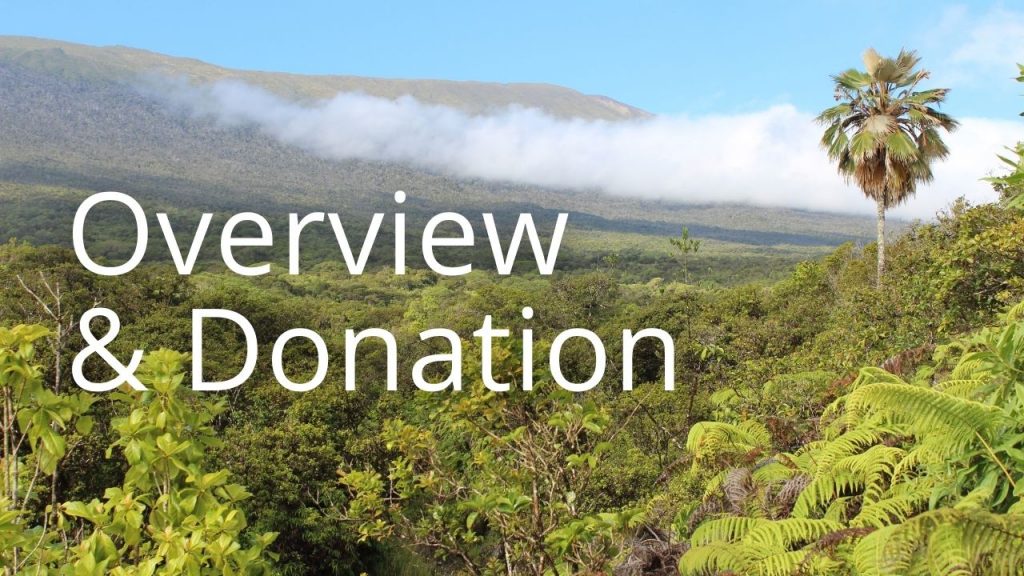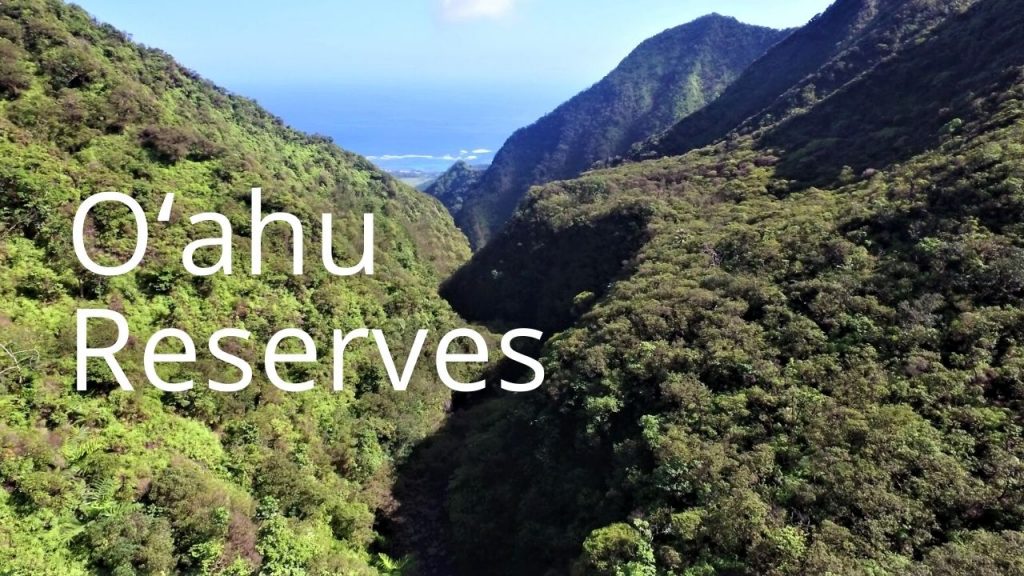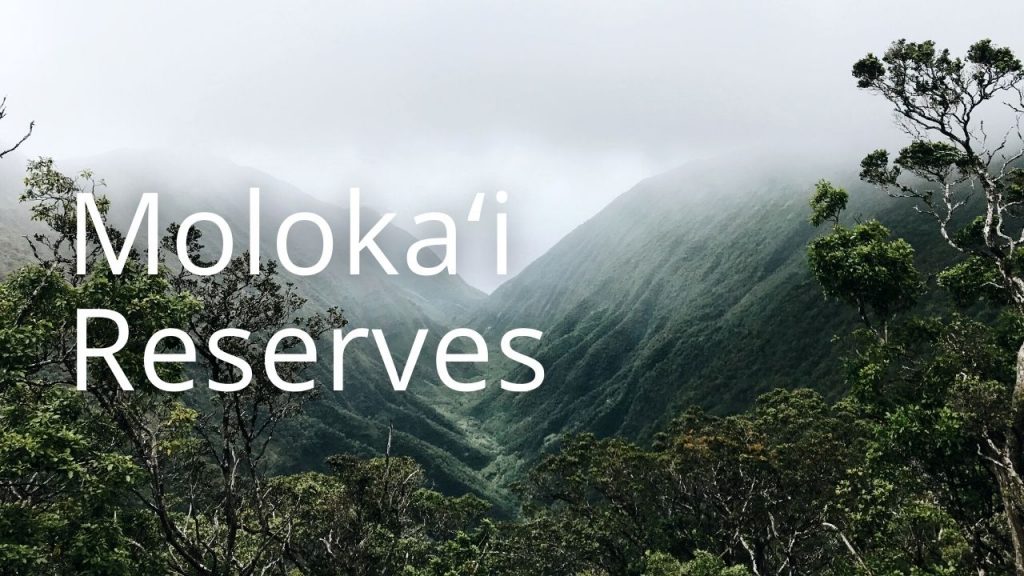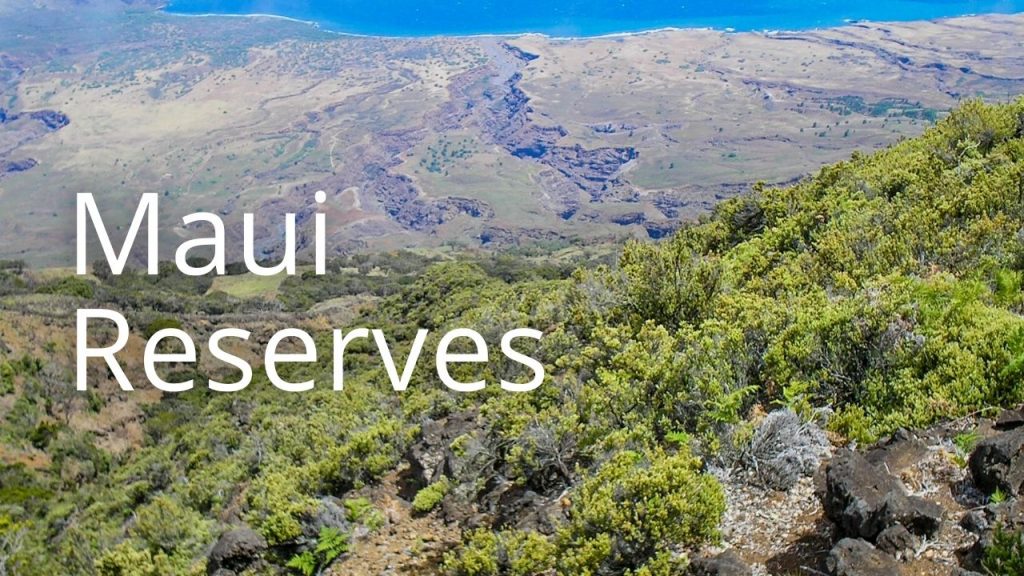Natural Area Reserves System

The statewide Natural Area Reserves System (NARS) was established to preserve in perpetuity specific land and water areas which support communities, as relatively unmodified as possible, of the natural flora and fauna, as well as geological sites, of Hawai‘i.
The system consists of reserves on five islands and encompasses the State’s most unique ecosystems. The diverse areas found in the NARS range from marine and coastal environments to lava flows, tropical rainforests, and even an alpine desert. Within these areas one can find rare endemic plants and animals, many of which are on the edge of extinction.
Individuals wishing to engage in activities in the NARS or enter with groups greater than 10 people should review the NARS rules to determine whether a permit is needed. Permit guidelines and applications are available online.
Information on the NARS Commission, including meeting agendas and notes, can be found on our NARS Commission page.
Click on an island to explore specific reserves
About the NARS: Designation
Ensure that the NARS protects the full range of unique natural ecosystems, habitats containing rare, threatened and endangered species, and geologic features.
The Natural Area Reserves System (NARS) was created to preserve and protect representative samples of Hawaiian biological ecosystems and geological formations, and currently consists of 19 reserves on five islands, totaling 109,165 acres. Areas that are designated as NARS are protected by rules and management activities that are designed to keep the native ecosystem intact, so a sample of that natural community will be preserved for future generations. Contained in the System are some of Hawai‘i’s most treasured forests, coastal areas, and even marine ecosystems.
However, certain types of natural communities in Hawai‘i are not designated as NARS, even though they meet the criteria as highly intact and un-represented in the current System. One of the statutory responsibilities of the NARS Commission is to conduct studies of areas for possible inclusion and recommend to the governor and the department areas suitable for inclusion within the reserves system (HRS § 195-7).
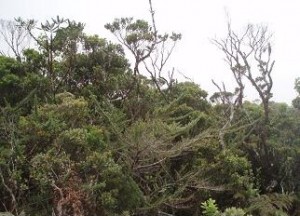
‘Ohi‘a-dominated forest near Hono O Na Pali NAR, Kaua‘i.
You can get involved by providing input on which areas would be valuable additions to the Natural Area Reserves System, based on the existing Criteria for NARS Designation. Additionally, anyone may submit nominations to the NARS Commission for inclusions. Please view the Recommended Guidelines for Potential NARS Proposals. The Process for NARS Designation page explains which lands are eligible for inclusion in the NARS, and how those lands are designated.
Also, check out a sample NARS Nomination proposal: Hono O Na Pali Extension.
While private lands can also become NARS, another option is the Natural Area Partnership Program. This innovative program provides state matching funds on a minimum 2:1 basis with private funds to encourage the management of natural resources on private lands permanently dedicated to conservation. With over 30,000 acres enrolled, this program complements the existing NARS by providing long-term protection and management of natural area reserve quality on private lands.
If you have any additional questions about this process, or would like to submit a nomination or recommendation, please contact Emma Yuen, Native Ecosystems Protection & Management Program Manager via email.
About the NARS: Management
Management of native ecosystems involves understanding what threatens these areas and actively working to protect them. “Management” actions can be broken up into several broad categories:
- Non-native Animal Control: Ungulates (hoofed animals), such as pigs, deer, goats, sheep, and cattle all have a serious effect on native ecosystems – particularly on the ground layer of vegetation. Native plants evolved without the need to defend themselves against large animals; most have no thorns or toxins to keep animals from grazing on them. Very few native plants have deep root systems, and cannot survive when the soil around them has been trampled and compacted. Small mammals, such as mongoose, rats, and mice, can also be a serious threat. They prey on native birds and nests, feed on the seeds and seedlings of native plants, and carry diseases such as leptospirosis which can harm humans as well as animals. Actively removing animals is often required to limit their effects. Public hunting and staff control, fencing, one-way gates, and other innovative actions are components of successful animal control efforts.
- Non-native Plant Pest Control: Non-native plants can pose serious threats to the native Hawaiian ecosystems. Certain weeds have the ability to spread quickly, establish themselves in many types of forest habitats, and take over large areas. They do this by out-competing the native plants, particularly at the seedling stage. Control of these weeds requires a variety of measures, including pulling by hand, herbicides, or biological control – where natural enemies of the weed are used for control.
- Restoration and Habitat Enhancement: Management of native ecosystems may also require restoring or enchancing existing populations of native birds or plants. Increasing the number of existing individuals of rare plants through propagation and out-planting programs or increasing the number of rare birds through captaive breeding and release are among the tools available. Maintaining or restoring the dynamic natural processes is the goal of native ecosystem protection and restoration programs.
- Monitoring: A comprehensive program that helps managers understand what resources are present in each specific area, their health and abundance, and what threats are present. Monitoring actions include periodic surveys of reserves to gather information on the status and condition of resources within the reserve, the status and extent of threats to those resources, and the success or failure of management actions.
- Public Information and Education: Without a clear understanding of what native ecosystem management involves and why it is needed, public support for these programs will be difficult to obtain. Information and education should be incorporated into protection efforts whenever possible. An education program that includes products such as informational brochures, video productions, speakers to address school and community groups, and an active outreach and volunteer program are all important conservation strategies.
- Research: Sound scientific research should be the base for management programs and activities.
Research on the life history of bird and plant species as well as projects aimed at
determining the causes of decline or limiting factors of restoration efforts are part of the program.
More information:
